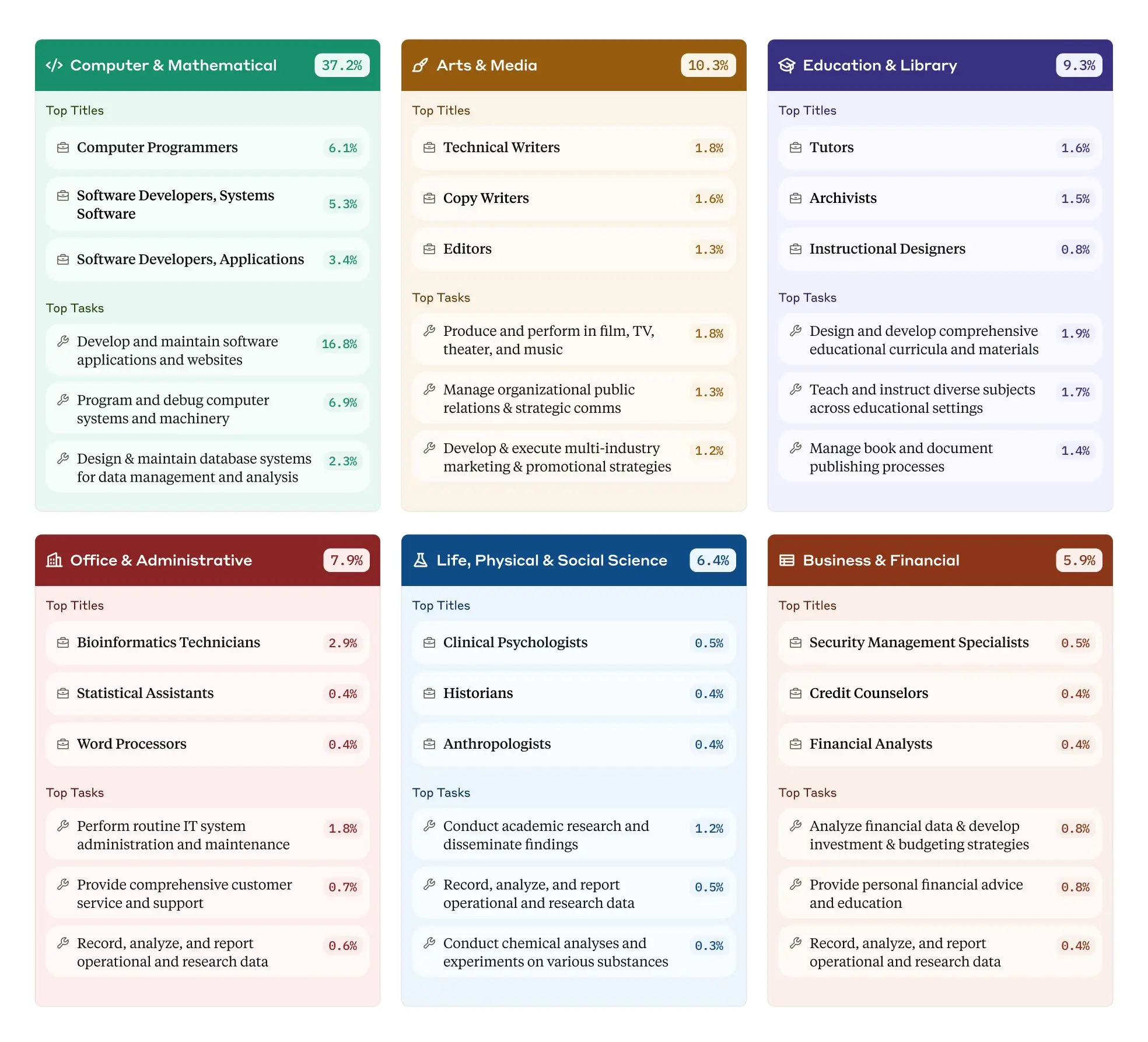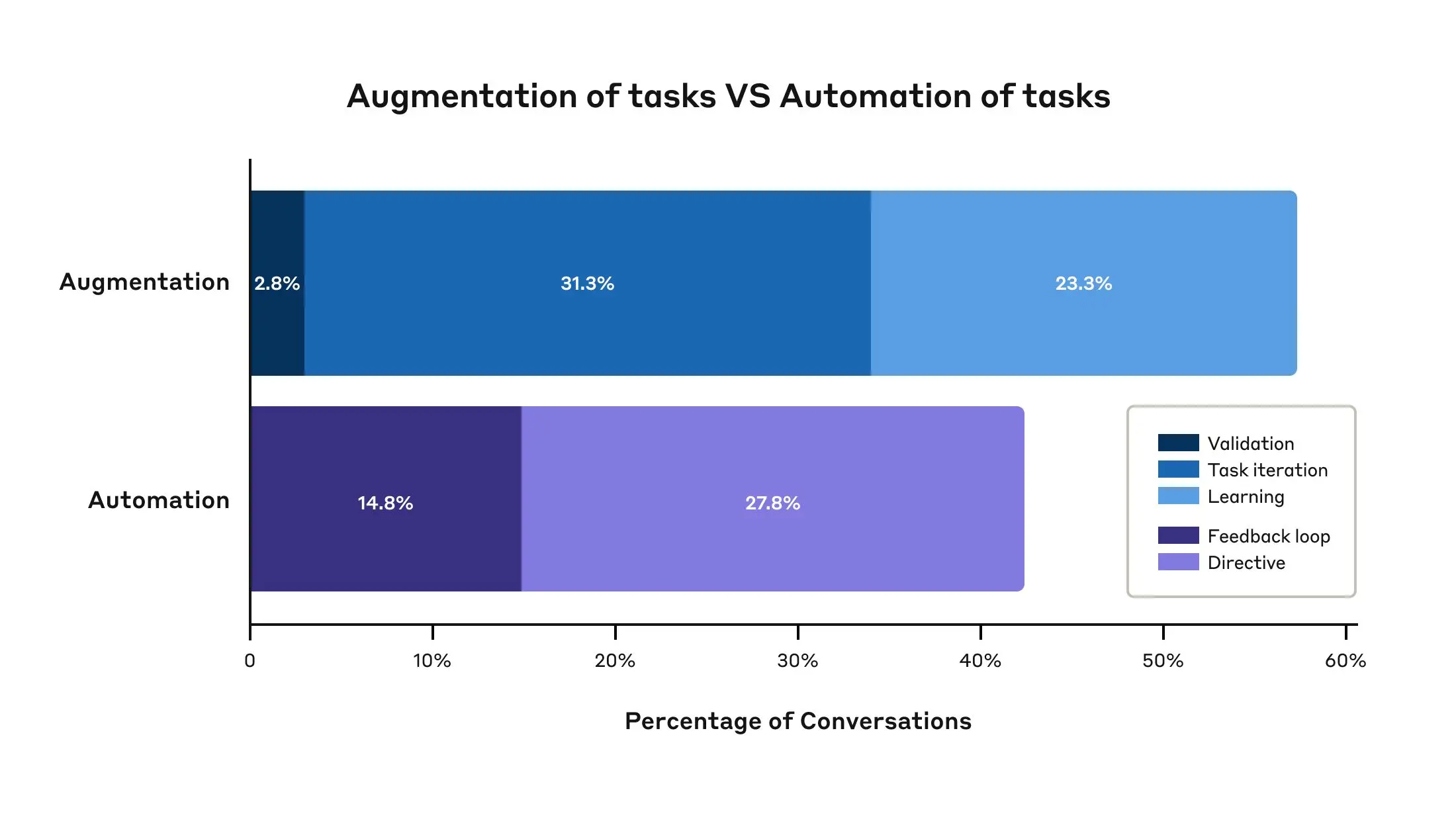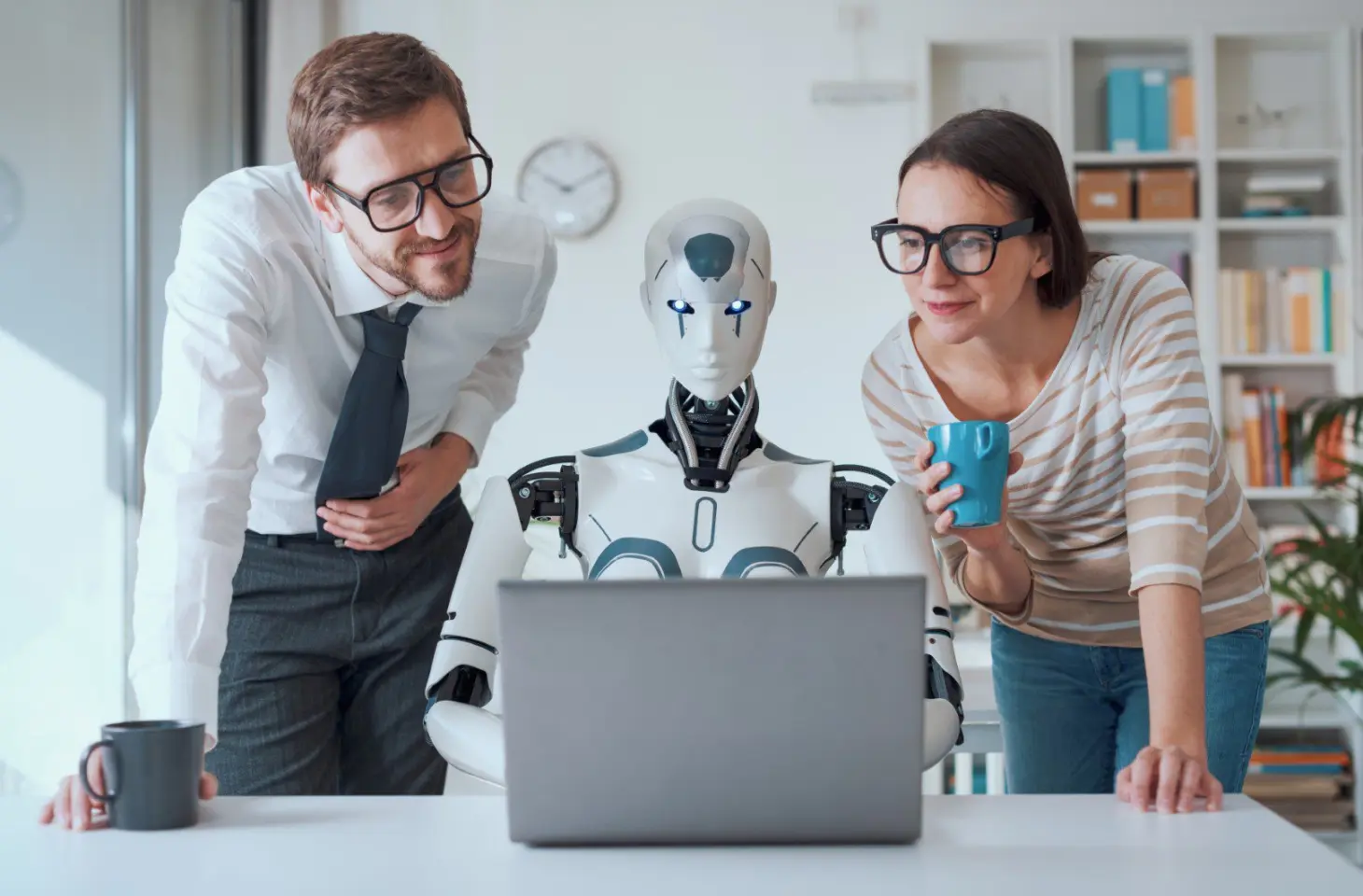The rise of AI is changing the way people work around the world, and that has its effects on the economy and labor market. Those effects will become increasingly visible in the coming years.
Anthropic researchers have launched an "Economic Index," an initiative aimed at understanding the effects of AI on labor markets and the economy over a period of time. The first report of that Index is based on millions of conversations with Claude.ai. Thanks to that report, we are getting a clear picture of how AI is being integrated into modern work life.
In what industries is AI most commonly used?
Research shows that AI is most often used in software development and technical writing tasks. About 37 percent of use cases and occupations fall under the "Computer and Mathematics" category, such as software developers and data analysts. In particular, the development and maintenance of applications and Web sites is often done using AI. The second highest occupational category is "Arts and Media," accounting for about 10 percent. Under that category are occupations such as copywriters, writers and editors.
It is notable that AI is most popular in creative or technical industries, which often require critical thinking or programming. In contrast, the more physical occupations show minimal AI use, which somewhere is not illogical. AI systems work based on text prompts, and can (for now) still perform a physical tasks.

AI is most commonly used by workers with above-average wages and with bachelor's degrees, such as software developers. Occupations with very low (restaurant workers, hairdressers) and very high wages (lawyers, surgeons) show low AI use.
How is AI applied?
How AI is used depends on the task at hand. Most cases involve "augmentation," or collaborating with AI. Augmentation accounts for 57 percent of AI interactions with Claude and is widely used in complex software development, marketing strategy, and scientific research. Then it involves providing feedback on a text or deciphering complex code
On the other hand, we have "automation," which covers the remaining 47 percent. In automation, AI performs tasks independently, and is most commonly used in content generation, standard business communications and simple programming tasks. For example, the AI then writes out a technical manual by itself or programs a simple application.
While automation can increase productivity, the research shows that AI often remains part of a human-centric workflow. Even with automated processes, human intervention remains necessary to check and adjust things.

Finally, the different Claude models are also used for particular tasks. For example, Claude 3.5 Sonnet is used more for programming tasks and technical development, while Claude 3 Opus serves more for creative and educational tasks.
Conclusion
The impact of AI is small for now, but trends are already visible that could shake up the job market considerably in the short term. AI is most commonly used in software development and writing, where about 36 percent of professions use AI for at least a quarter of their tasks. AI tools help organizations not only by automating tasks (43%), but also by supporting people in their work (57%).
The combination of automation and collaboration is expected to become increasingly important, and also shows that AI is more likely to take on a supporting role rather than become a complete replacement system.
Anthropic will conduct more such studies in the future to keep up with the social and economic changes brought about by AI.
